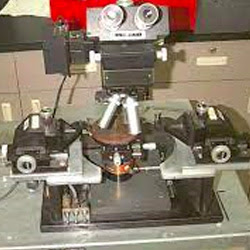
Researchers from the University of Minnesota Twin Cities College of Science and Engineering and Medical School created the miniaturized, head-mounted microscope called, the mini-MScopefor. This device helps study the mouse brain using LEDs for illumination, miniature lenses for focusing, and a complementary metal-oxide-semiconductor (CMOS) for capturing images. It includes interlocking magnets that let it be easily affixed to structurally realistic 3D-printed transparent polymer skulls, known as See-Shells, that the researchers developed in previous studies.
The mini-MScope, offers an important new tool for studying how neural activity from multiple regions of the outer part of the brain, called the cortex, contribute to behavior, cognition and perception. The groundbreaking study provides new insight into fundamental research that could improve human brain conditions such as concussions, autism, Alzheimer’s, and Parkinson’s disease, as well as better understanding the brain’s role in addiction.
In addition to Kodandaramaiah, Rynes, and Surinach, the research team included University of Minnesota College of Science and Engineering mechanical engineering researchers Samantha Linn, Vijay Rajendran, Judith Dominguez, Orestes Hadjistamolou, Zahra S Navabi, Leila Ghanbari, and Gregory W Johnson; University of Minnesota Medical School researcher Michael Laroque; and University of Lethbridge, Alberta, Canada researchers Mojtaba Nazari and Majid Mohajerani.
The research was primarily funded by the National Institutes of Health (NIH) National Institute for Neurological Disorders and Stroke with additional support from the NIH Brain Initiative, Minnesota’s Discovery, Research, and InnoVation Economy (MnDRIVE) from the State of Minnesota, Minnesota Informatics Institute’s (UMII) graduate fellowship, and the University of Minnesota’s Diversity of Views and Experiences (DOVE) fellowship.
Unique mini-microscope provides insight into complex brain functions
Research was published in the peer-reviewed journal, Nature Methods